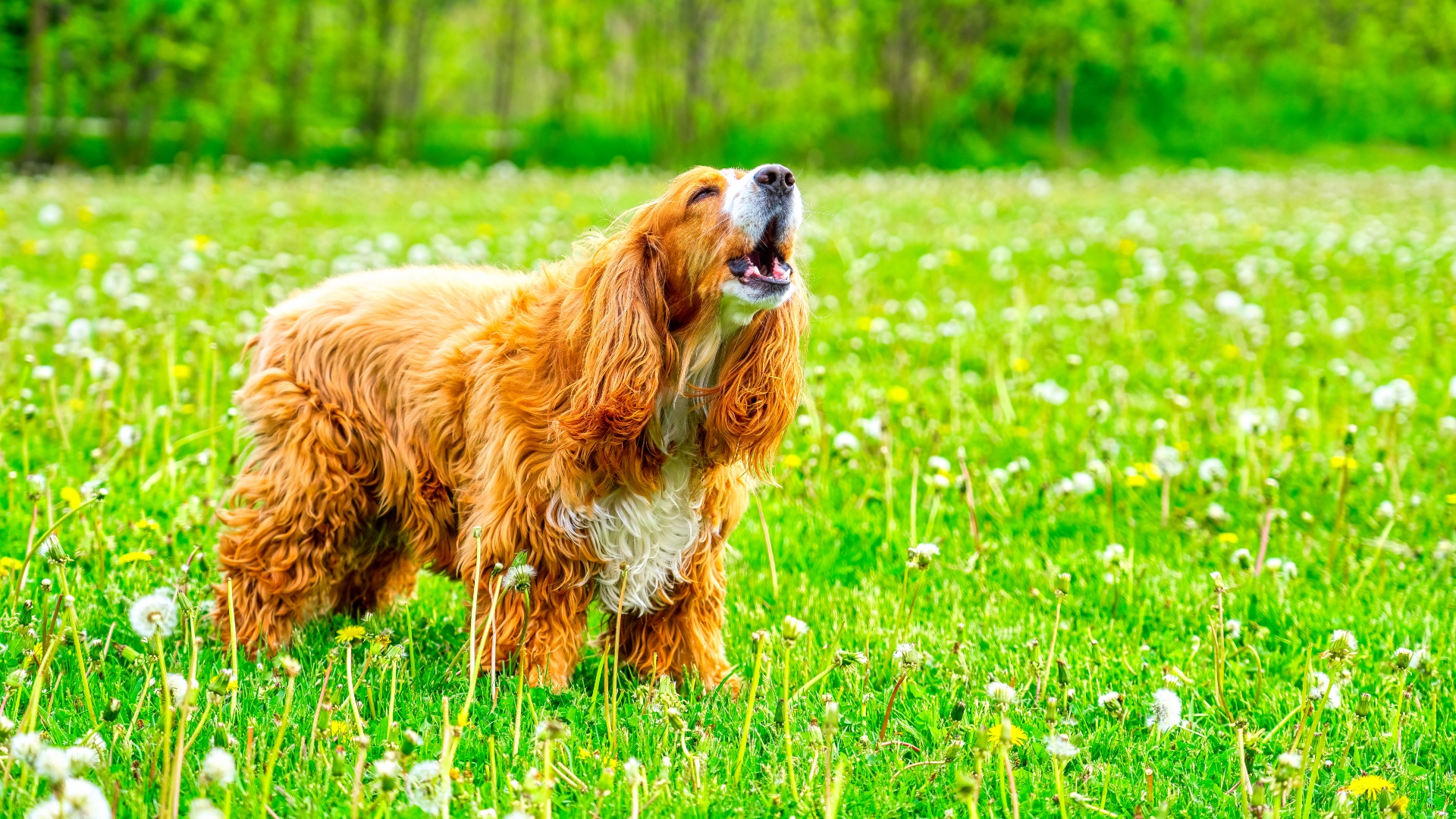
Do you have a dog that barks or lunges whenever they come into contact with another dog? Reactivity is a common problem that many pet parents face and while it can be both challenging and frustrating, with a little bit of patience and support, you can help your pup to feel more relaxed when you're out and about.
Knowing how to calm a reactive dog is an important skill if you have a nervous canine on your hands, but as with anything, prevention is better than cure - which is where expert trainer Adam Spivey comes in.
Spivey says it's entirely possible to teach your dog to ignore other dogs and in an Instagram video, he shows you how to train your pup to do exactly that. You can check out the clip in full below or keep reading as we reveal how to help your pup master this important skill.
In order to follow these steps, Spivey says it's important that your dog is clicker or marker trained first. Once they are, you can follow the below process to help lessen your dog's reactivity around other pups.
Step 1: "Every single time your dog looks at a dog, before it loses its mind, you are going to click and then reward," Spivey explains. You're clicking for the visual - it knows there's a dog, the clicker goes off, the dog understands the clicker means look back at the handler to get a reward. The clicker means food is coming and quickly breaks the focus. It also teaches the dog the sight of dogs leads to good things."
Step 2: "So that we don't create a dog that fixates on dogs, we delay the click once step one is fluid. So we now wait for the dog to look at the dog and then break its focus, we then click and reward. If your dog doesn't break fixation you create more space and start again. Don't keep clicking."
Reactivity in dogs is more common than you think and with time, patience and consistency, you can see great training results. If you find your pup is still struggling with this issue after several months, we recommend reaching out to a professional trainer for some 1:1 support.







